History of Pashmina
Pashmina is a highly valued and luxurious materials that dates back centuries. The pashmina goat’s soft and warm undercoat, known for its manufacture from this wool, originates from the high Himalayan regions of Nepal and Kashmir. It has been a part of Nepalese culture for centuries, Because of the unique weaving techniques and patterns passed down through generations.
The word “pashmina” is derived from the Persian word “Pashm” which means wool. It signifies the premium wool that goes into making this luxurious fabric.
Origin of Pashmina: Nepal & Kashmir.
Characteristics: Feather like softness and warmth, Quality and luxurious feel.
Cultural Significance: symbolizing elegance, luxury, and tradition.
Process of making Pashmina
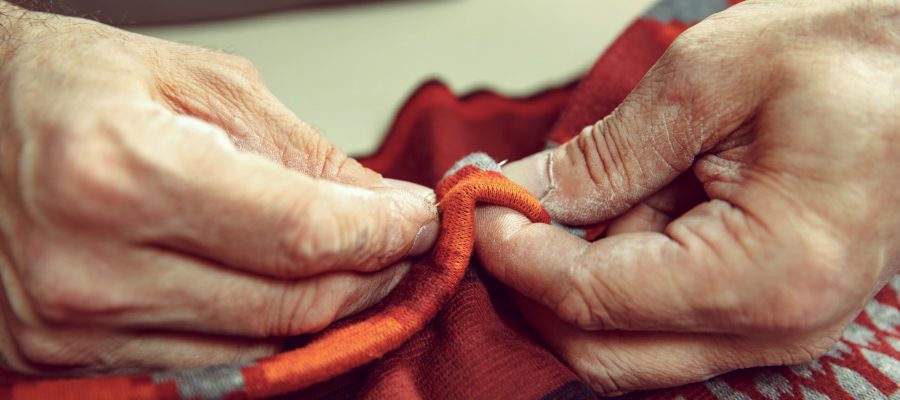
Pashmina, the luxurious , soft and warm wool is originated from the undercoat of Himalayan mountain goats, goes through many process before becoming the exquisite and luxurious shawls and scarves that are treasured across the world. Here is a glimpse into the craftsmanship:
- Collection of wool: The process begins with the cautious collection of pashmina wool from the Himalayan goats during the spring molting season. This wool is incredibly fine and soft, making it highly coveted for its warmth and texture.
- Sorting and Cleaning: During the sorting process, we remove any dirt or thick and stiff hairs from the gathered wool.
- Spinning: Artisans use traditional spinning wheels to spin wool and create fine threads. This delicate process requires expertise and precision to maintain the integrity of the delicate fibers.
- Dyeing: If someone intends to color the Pashmina, they carefully apply natural or synthetic dyes. Artisans take great care to achieve the desired color without sacrificing the wool’s shine and softness
- Weaving: Expert weavers create beautiful patterns with dyed and spun threads on handlooms. This weaving process takes a lot of time and require patience and attention to detail.
- Embellishment: Some Pashmina products undergo further embellishment with intricate hand-painted designs, adding an extra layer of artistry to the finished piece.
- Finishing: After cleaning, blocking, and drying, we soften and improve the drape of the woven Pashmina fabric.. Quality control inspectors ensure that the final product meets the highest standards of craftsmanship.
Making Pashmina is a labor of love that honors centuries-old traditions. People cherish every accessory that combines human craftsmanship with nature’s finest fiber, resulting in ageless and elegant pieces admired by people all over the world.
The Cultural significance of Pashmina in Nepal.
Pashmina holds a special place in Nepal’s cultural tapestry and is woven into the customs, traditions, and identity of the Nepalese people.. Nepalese craftsmen have handed down their rooted legacy and expertise in artistry for many years. Crafting pashmina embodies a blend of honoring tradition fostering creativity and serving as a livelihood.
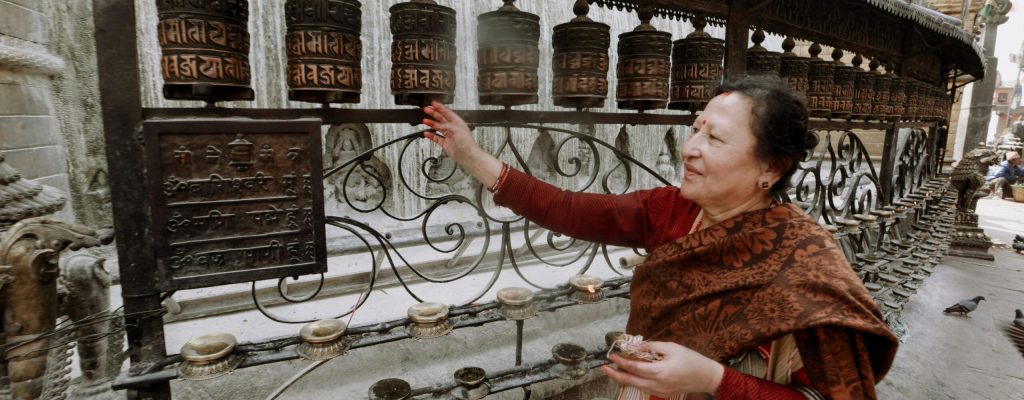
1.Historical Roots: Pashmina production has deep roots in Nepal, dating back centuries. The intricate techniques and designs carry the legacy of the past, connecting people to their history.
2.Symbol of Status: In Nepalese culture, owing a Pashmina Shawl is a symbol of sophistication and class. It is not just a piece of clothing, it symbolizes prestige and elegance.
3.Traditional Attire: It is an essential part of traditional attire in Nepal. people wear Pashmina attires with pride at weddings and religious ceremonies, expressing the cultural richness of the country.
Economic Importance
The production and sale of Pashmina contribute significantly to the economy of Nepal. This luxurious fabric provides livelihoods to numerous artisans and supports local businesses, thus playing a vital role in sustaining the economic ecosystem.
It holds value than being a fashion statement. It symbolizes the rich heritage, artistry and cultural identity of the people of Nepal making it a timeless heirloom cherished for generations to come.
How to identify 100% Pashmina?
Identifying the 100% authentic Pashmina can be difficult ,as there are many fake and blended products available on market. Below are few techniques that you can use to understand weather the product is genuine or not:
- Check the Label: Look for labels that indicate the material composition. The Himalayan mountain goat, or Changthangi and Pashmina goat, should provide the fine hairs for making authentic pashmina. Labels that mention 100% Pashmina or 100% Cashmere are good indicators.
- Feel the touch: Pashmina is known for its softness and luxurious feel, making it genuine. therefore If it feels rough, it may not be pure.
- Check the price: Authentic pashmina is a high-quality and labor-intensive product, so it tends to be more expensive than imitations or blends. Therefore, extreme low prices may indicate a lower quality product.
- Burn Test: While this is not recommended, genuine pashmina smells like burning hair, while synthetic fibers produce a different odor.
- Inspect the weave: Authentic pashmina is handwoven, and the weave should be fine and delicate. Check for irregularities in the weave pattern, as handmade items may have slight imperfections.
- Buy from Reputable sellers: Purchase from trusted and reputable sellers or stores that specialize in authentic products. Avoid buying from unreliable sources or street vendors.
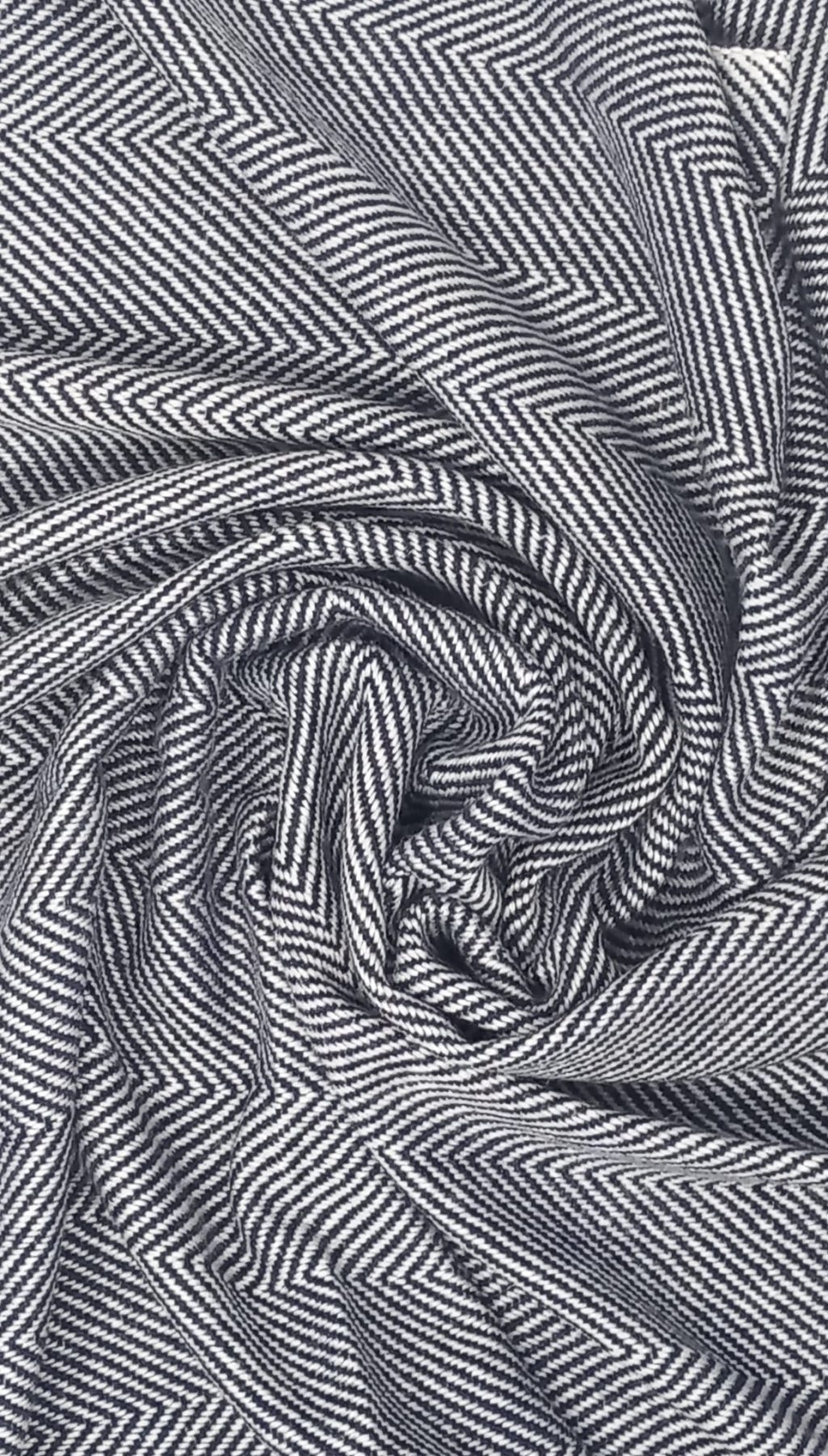
However, some Pashmina may be blended with silk and other fibers, and this doesn’t mean they are of low quality. If you are looking for genuine product, you can use the above tips to take a decision
Thasicraft have been exporting 100% pashmina and other handcrafted products since the year 2006 AD. With a strong commitment to quality, we have consistently delivered authentic and finely crafted items to international markets. So if you are in search for 100% pashmina in Nepal feel free to contact Thasicraft.
Pashmina Exporter in Nepal
As one of the top exporters, Thasicraft specializes in selling 100% pashmina products and other handicrafts all over the world. Thasicraft has been dedicated since its founding to providing genuine, premium pashminas to its valuable customers. With a focus on exporting genuine Pashmina and Premium Handcrafted gifts, Thasicraft has been a market leader since 2006 A.D.
Thasicraft carefully chooses the finest fibers to maintain traditional craftsmanship and creates an extraordinary collection of scarves and shawls, combining classic beauty with elegant designs. Being a reputable exporter in genuine product, Thasicraft works to improve Nepalese pashmina’s standing internationally by providing its valuable customers with an unmatched and distinctive experience in the world of fine handcrafted fabrics.
-
Add to WishlistAdd to Wishlist
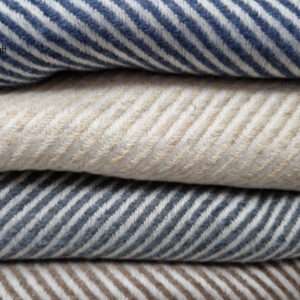
Beautiful Double Ply Cashmere Shawls (CS4001)
$6.50 Select options This product has multiple variants. The options may be chosen on the product pageAdd to WishlistAdd to Wishlist -
Add to WishlistAdd to Wishlist

Beautiful Handmade thick Shawl Cashmere – Chevron Pattern (CS4002)
$6.50 Select options This product has multiple variants. The options may be chosen on the product pageAdd to WishlistAdd to Wishlist -
Add to WishlistAdd to Wishlist
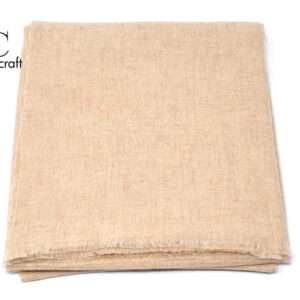
-
Add to WishlistAdd to Wishlist
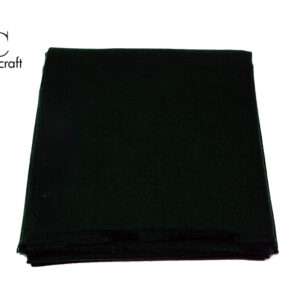
-
Add to WishlistAdd to Wishlist
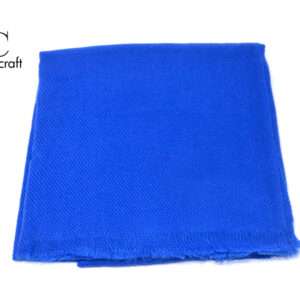
-
Add to WishlistAdd to Wishlist
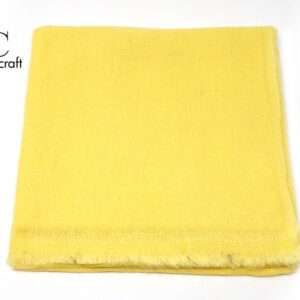
-
Add to WishlistAdd to Wishlist
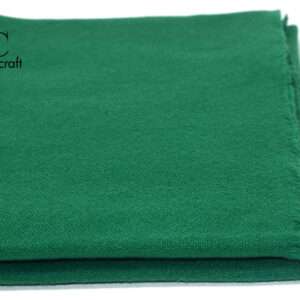
-
Add to WishlistAdd to Wishlist
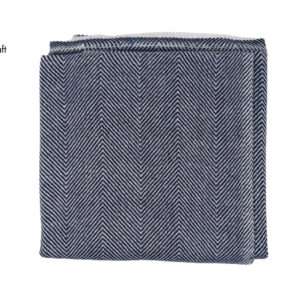
-
Add to WishlistAdd to Wishlist
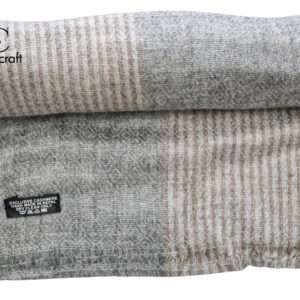
-
Add to WishlistAdd to Wishlist

-
Add to WishlistAdd to Wishlist

-
Add to WishlistAdd to Wishlist
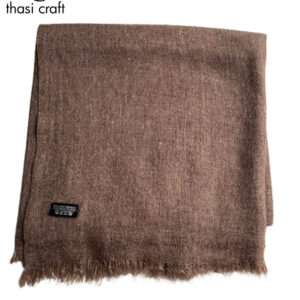
-
Add to WishlistAdd to Wishlist
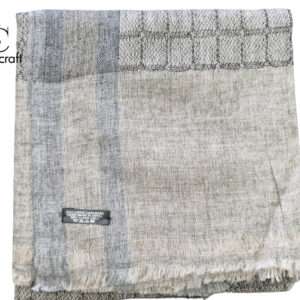
-
Add to WishlistAdd to Wishlist
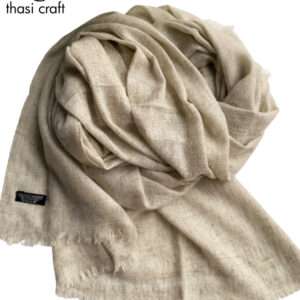
-
Add to WishlistAdd to Wishlist
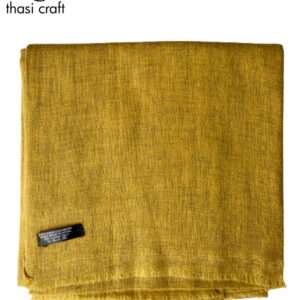
-
Add to WishlistAdd to Wishlist
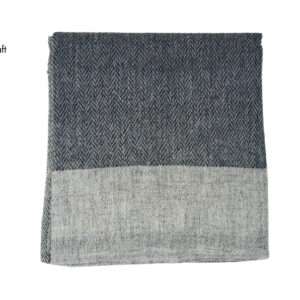
-
Add to WishlistAdd to Wishlist
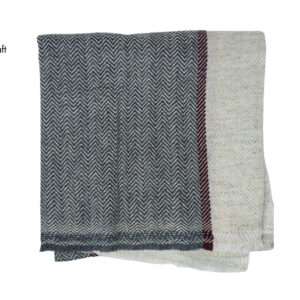
-
Add to WishlistAdd to Wishlist
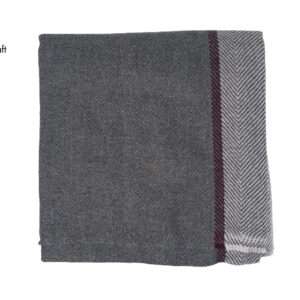
-
Add to WishlistAdd to Wishlist
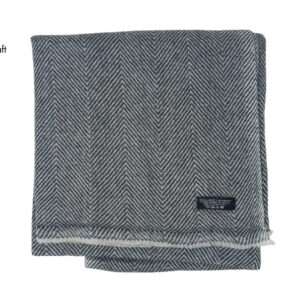
See Related Products
-
Add to WishlistAdd to Wishlist
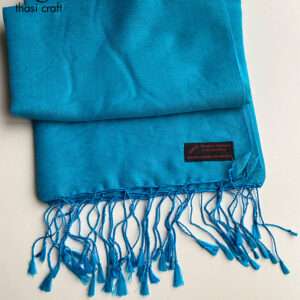
-
Add to WishlistAdd to Wishlist
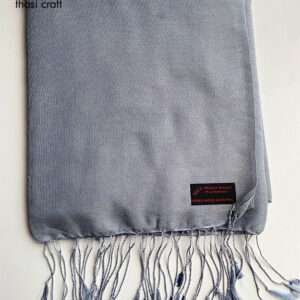
-
Add to WishlistAdd to Wishlist
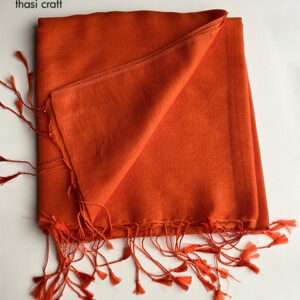
-
Add to WishlistAdd to Wishlist
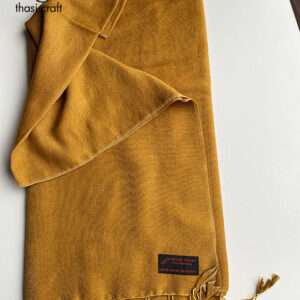
-
Add to WishlistAdd to Wishlist
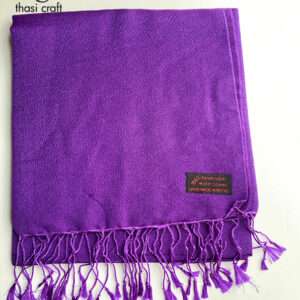





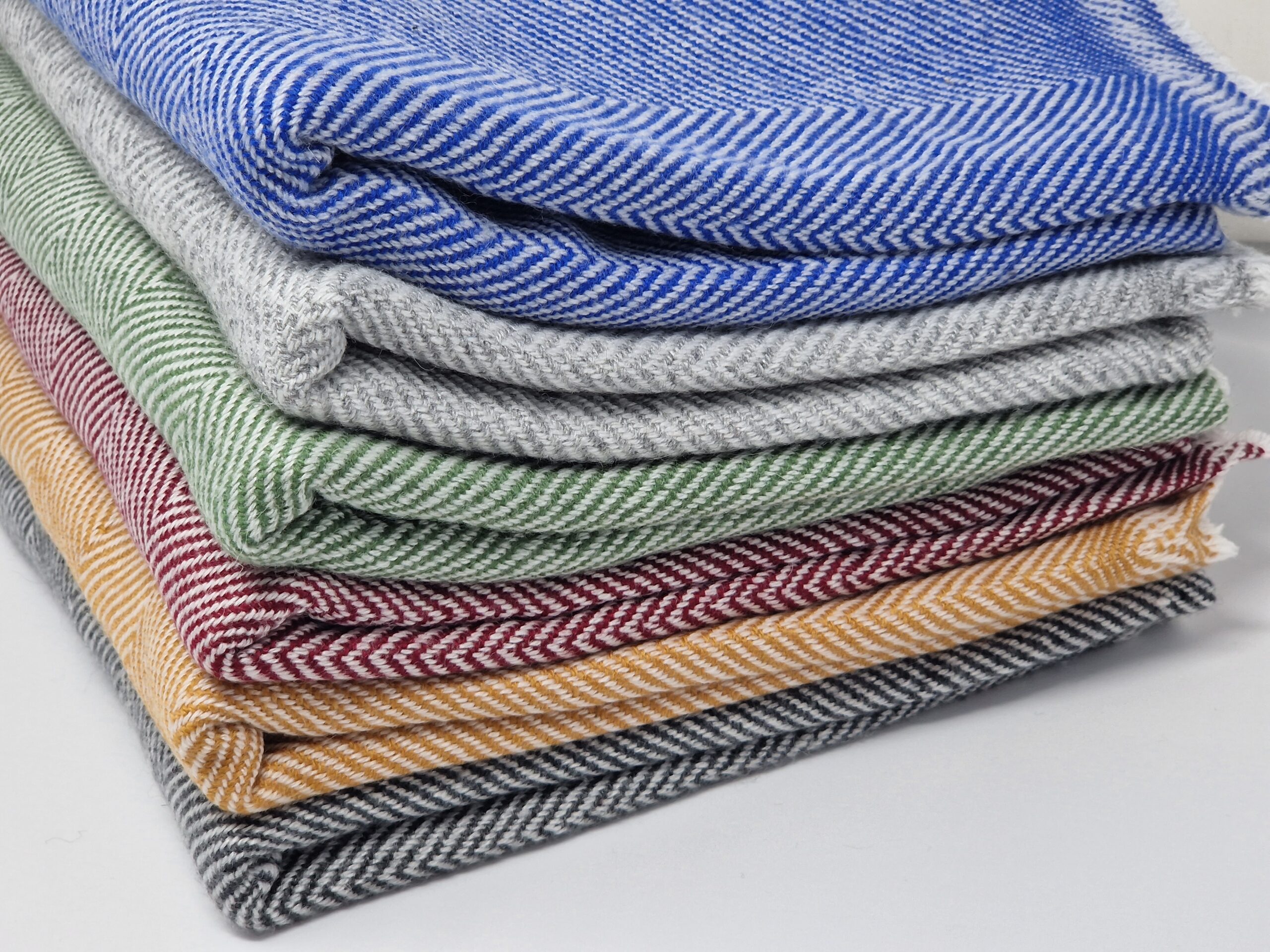
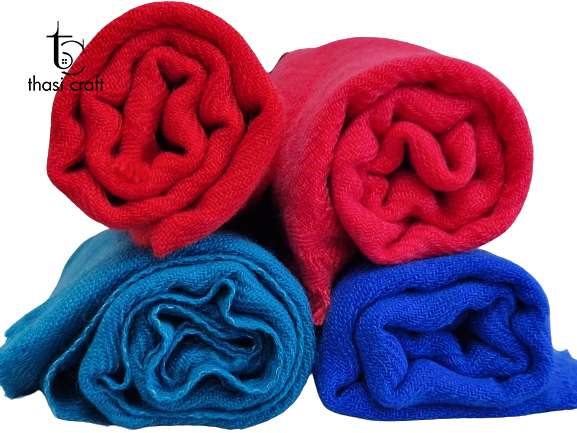
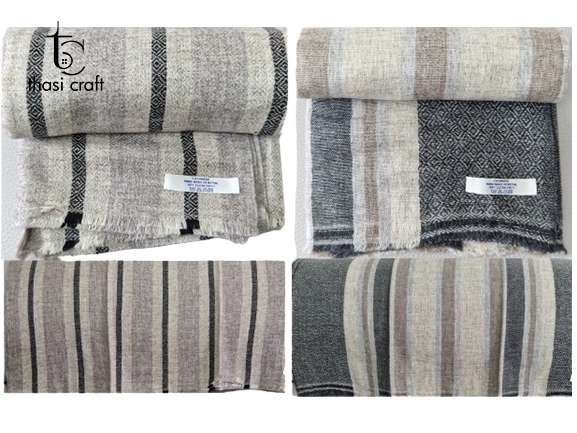


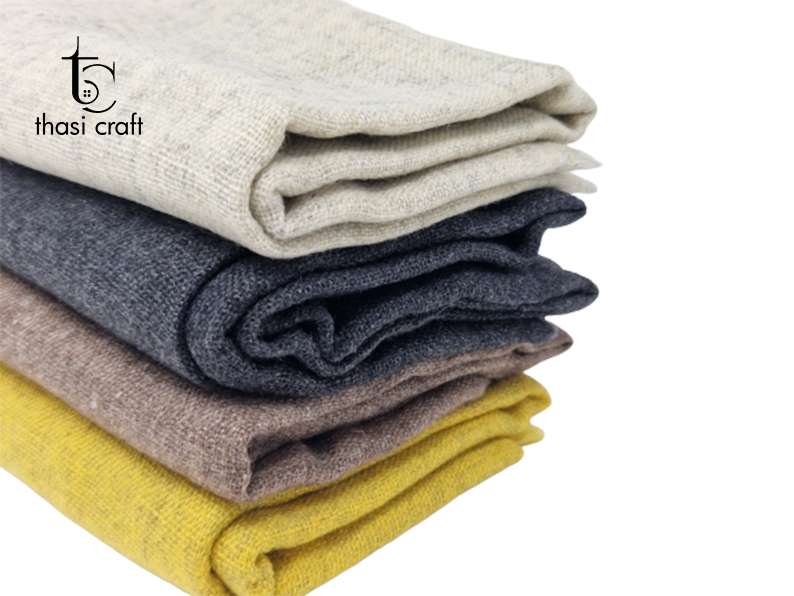
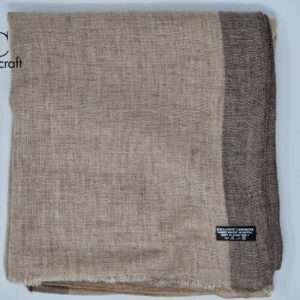
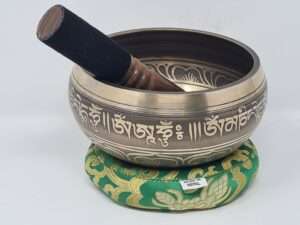
how do i contact you to order herringbone pashmina shawls?? I need about 100-120 pieces.